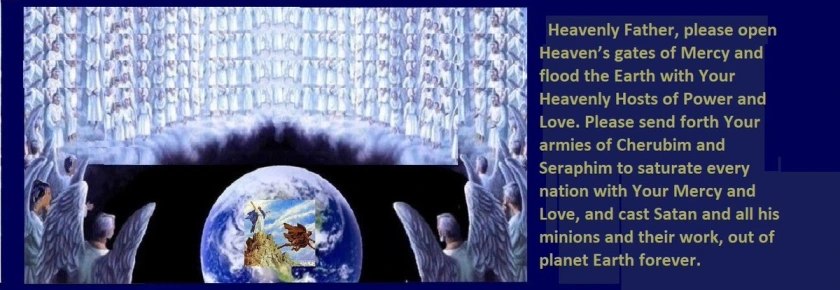The size of God‘s creation is beyond comprehension. Imagine If the Moon Were Only 1 Pixel.
In 1960 astronomers Frank Drake and Jill Tarter began a search for radio signals from extraterrestrial civilizations at the National Radio Astronomy Observatory in Green Bank, West Virginia. By 1961 the National Academy of Science established SETI, the Search for Extraterrestrial Intelligence, as a scientific discipline. NASA says there are 100 billion stars in the Milky Way Galaxy and 100 billion galaxies like it in the universe. In scientific notation: 10¹¹ Milky Way stars times 10¹¹ galaxies like it in the universe calculate to 10²² stars in the universe.
NASA says that at least one in six stars has an earth-size planet. That means about 17 billion stars in our own Milky Way galaxy have Earth-size planets. With random generation, let’s assume that one in every thousand of those planets has intelligent life comparable to ours, and that one in every thousand of those has interstellar communication. That would be 17,000 advanced civilizations within our own galaxy aware of our existence, familiar with our ways of communication, transmitting narrow-band radio signals in patterns discernible from ordinary solar background noise the way a flute can be heard near a waterfall that generates thousands of times more sonic energy, and crowding the radio channels as they compete for our attention.
Now lets consider the rest of the universe. With some fast paper napkin math, using American “short scale” numbers, 10²² stars in the universe are 10 sextillion. Using NASA‘s ratio, that would be 1.7 sextillion, round it down to one sextillion, earth-size planets in the universe. Suppose with random generation only one star in every 100 billion has a civilization capable of intergalactic communication. 10²¹ planets, divided by 10¹¹ would give us ten billion civilizations. If we assume that only the closest 1 percent of them would be able to reach us with a usable signal, that would still be 100 million civilizations competing for our attention.
Amateur (“ham”) radio operators often tune across a band looking for radio signals from other amateurs. On the international radio bands hams often find so many voice signals crowded together that they can hardly be digitally isolated enough for conversation. If random generation of life actually existed, astronomers would have a similar experience.
Frank Drake, Jill Tarter and the National Academy of Sciences put a great deal of effort into their search, but found: nothing. During the past half-century the SETI Institute has become a large organization, using advanced technology Frank Drake and Jill Tarter could hardly have imagined, and it has found: nothing. If we are alone in the universe there is no random generation of life. That takes us back to purposeful generation by an infinite power and intelligence living as pure spirit outside of space and time.
But the age old cry of the atheist scientist is “give us more.” More processing power. Bigger antennas. Program the digital telescopes to focus specifically on Class-M planets. “I know they’re out there.” They remind me of Pope Leo XIII’s 1884 vision in which he heard Satan say that he could drag the world to hell, but he needed more time and more power. The atheist scientists have had more time and more processing power. But they ask for still more. “I know they’re out there.” That is not science, but religion, a conclusion not supported by observable phenomena.
The time may come when we discover another intelligent species, or several, from other stars in the Milky Way galaxy, or even from other galaxies. That will not change the conclusion. From random generation we should expect not two or three or ten advanced civilizations but millions. Rabbi Yeshua told us, “I have other sheep, that are not of this fold; I must bring them also, and they will heed my voice” Jn 10:16. What would our atheist scientists say if they finally discovered another civilization thousands of light-years away from us, and it turned out to be Catholic?

